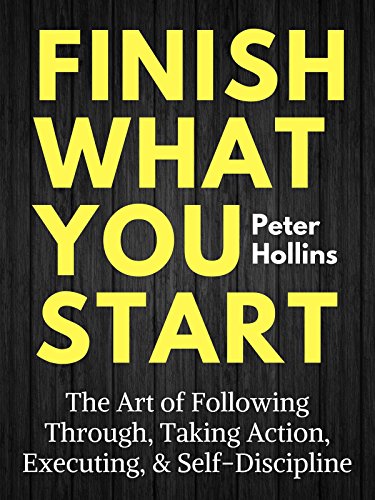Finish What You Start summary

Book: Finish what you start by Peter Hollins
To build motivation, build more appealing and vivid goals, put visual reminders all around you, focus on the smallest, fastest, and easiest tasks, and kill indecision with pre-decided rules and narrow objectives.
You can’t achieve anything without action. All living beings are lazy by design, to save their energy. You have to fight against your own nature with clever tricks to act.
Main ideas:
Raise the benefits
Build more vivid and appealing motivators
- Your ultimate goals
- ex: I want financial safety, worry-free future.
- ex: I want business partners excited with the same crazy goals.
- ex: I want to build an autonomous B2B service business with recurring customers, and employees following my processes.
- ex: I want a value investing portfolio of great businesses with widening moats and able and candid management.
- ex: I want to be able to learn 90% of the time and jump on challenges the other 10%.
- What does success look like exactly for you? How does it feel?
- Activities you want to do (from business to personal)
- People you want to spend time with (business partners, friends, peers, clients, employees, etc..)
- Places you want to live at or visit.
Set constant reminders of your goals.
- Use pictures for that.
- Change these reminders’ position every day to avoid “reminder’s blindness”.
Use a success log
- Record your string of successes and remind you of your progress.
Lower the costs
Kill indecision
- Eliminate some of the different options from your dream future. Be more restrictive. At least for now. Nothing will prevent you to chase a removed option later, but you can’t run after 2 rabbits at the same time.
- Decide in advance. Write rules. I want ___, I will ___ and I won’t ___
- Aim for collecting 40% to 70% of the information you need to act. Don’t get stuck with paralysis by analysis.
Look for ways to lower the cost of action.
- Start from the end result, and go backward, to discover the most efficient path to your goal.
- Focus on the smallest, fastest, easiest tasks.